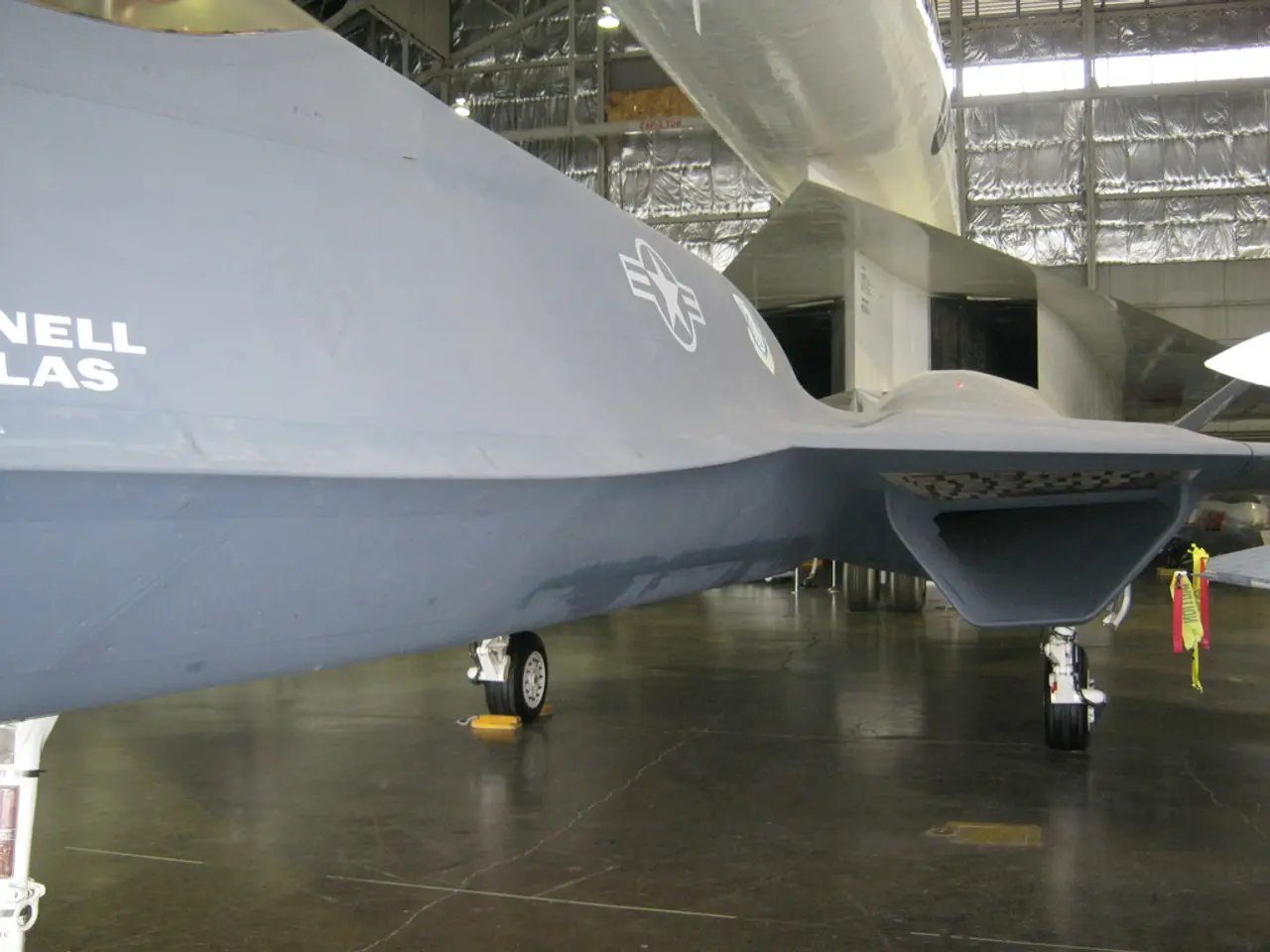Alarm triggering evacuation proved to be unfounded
In an unusual turn of events, passengers on a Ryanair flight from Palma to Dublin were recently evacuated via the plane's wings due to a false fire alarm. The commotion was reported by British newspaper The Sun and rescue services, and while no serious injuries were reported, six passengers were taken to the hospital with minor injuries.
The incident took place in the early hours of Saturday at Palma Airport. The evacuation occurred via emergency exits, and some passengers sustained minor injuries during the process. The wings of passenger jets are between two and three meters above the ground, and some passengers jumped directly onto the tarmac from the wings during the evacuation.
This type of emergency evacuation is not uncommon, but it can be dangerous, especially if there are no emergency slides available or panic breaks out. In the Ryanair incident, passengers had to jump or slide down the extended landing gear during the evacuation without emergency slides.
Similarly, in March 2018, a Southwest Airlines plane had to make an emergency landing in Albuquerque while on its way from Phoenix to Dallas. Passengers who were evacuated via the emergency exits over the wings had to jump down, resulting in two people being injured and taken to the hospital.
The frequency of wing evacuations is relatively low, typically occurring in emergency situations where other exits are blocked or unsafe. Incidents like the recent Ryanair false fire alarm and an American Airlines Boeing 737-800 incident highlight the occasional need for such actions.
The risks involved in wing evacuations are significant. Passengers are at risk of serious injury, including sprains, fractures, and abrasions. Without emergency slides, passengers are exposed to the full impact of the jump, which can be severe. Chaos and panic can also lead to uncoordinated actions and further increase the risk of injury. Technical issues, such as the failure of emergency slides, can also exacerbate the situation.
To mitigate these risks, proper training, regular maintenance of emergency equipment, and prompt communication from the flight crew are crucial. Ensuring that passengers and crew are well-trained in emergency procedures can reduce the likelihood of chaotic evacuations. Regular checks on emergency equipment, including slides, are crucial to prevent mechanical failures during evacuations. Prompt and effective communication from the flight crew can help manage panic and direct passengers to safe exit routes.
Ryanair issued a statement saying that a small number of passengers had very minor injuries, such as sprained ankles, and medical assistance was arranged immediately. The airline also organized a replacement flight that took off the next morning, allowing passengers to continue their journey.
While wing evacuations are not common, incidents like these serve as a reminder of the importance of emergency preparedness and the potential risks involved in such situations. Passengers are advised to familiarize themselves with emergency procedures and to remain calm during emergencies to minimize the risk of injury.
- Despite no serious injuries being reported, the general-news about the Ryanair incident shows that six passengers were taken to the hospital due to minor injuries caused during the emergency evacuation via the plane's wings, which is a seemingly common practice in certain emergency situations.
- The unprecedented evacuation of a Ryanair flight from Palma to Dublin, reported in the British newspaper The Sun, involved jumping or sliding down the extended landing gear, as emergency slides were unavailable, highlighting the potential dangers and risks associated with sports-like maneuvers during routine travel and their impact on one's lifestyle.
- Accidents such as the Ryanair false fire alarm and the Southwest Airlines emergency landing in March 2018 underscore the importance of proper training, regular maintenance of emergency equipment, and clear communication from flight crews in mitigating risks during wing evacuations, as these circumstances can spread panic and lead to severe injuries among travelers and potentially impact their lifestyle.




